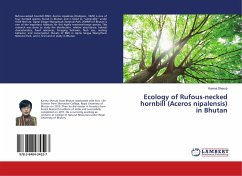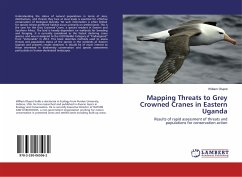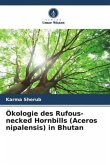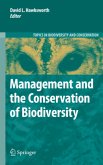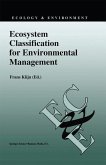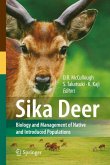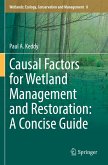Faced with the challenge to conserve the world's depleting natural resources and dwindling wildlife populations, recommendations for effective remedial actions need to be made on the basis of detailed ecological understanding of individual species. Due to its taxonomic uniqueness, distinctive morphology, rarity, elusive behaviour and unusual nesting requirements, the globally threatened Grey-necked Picathartes, Picathartes oreas (listed as Vulnerable on the IUCN Red List of Threatened Species) has become an iconic species for conservationists and birdwatchers. This work is commended for providing an interesting and insightful overview on the bio-ecology of the poorly studied Grey-necked Picathartes. The population sampling approach and details of radio tracking trials, using a tail-mounted transmitter, could serve as models for other Picathartes investigations. This book is aimed at policy makers and conservation managers. It is also recommended for post-graduate students in ecology as it constitutes a basis for expanding on the variations in prey usage and habitat preferences on a large spatial scale, which is relevant for both conservation applications and life-history theories.
Bitte wählen Sie Ihr Anliegen aus.
Rechnungen
Retourenschein anfordern
Bestellstatus
Storno


